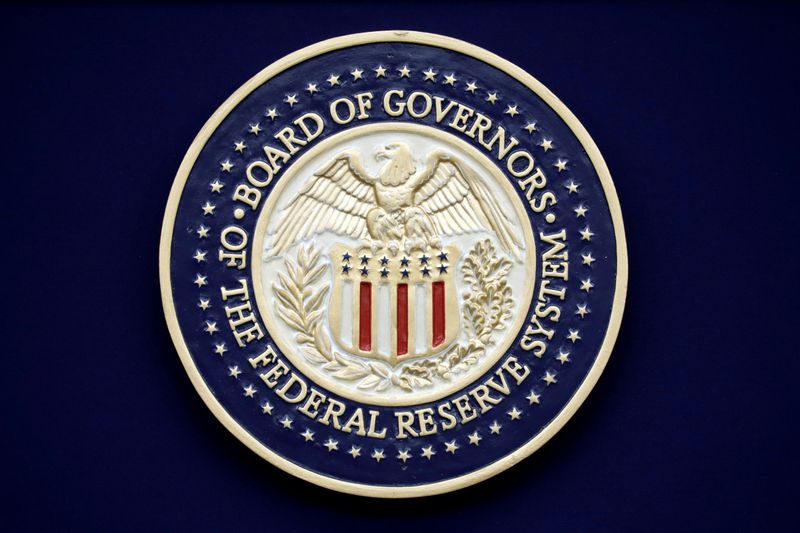WASHINGTON (Reuters) – The Federal Reserve plans to build on the upcoming round of bank stress tests by conducting additional “sensitivity analyses” that reflect the ongoing pandemic-driven turmoil.
The central bank said in a report issued Friday that it plans to proceed with its 2020 stress tests and also do further analysis via “alternative scenarios and certain adjustment to portfolios to credibly reflect current economic and banking conditions.” The Fed also said it had deferred or canceled most “non-critical” examinations at banks due to the pandemic.
The Fed did not detail exactly what the additional analysis will look like or how it would be conducted. But the move to bolster its 2020 stress tests is an acknowledgment that the economic turmoil driven by the spread of COVID-19 is in many ways already worse than what the Fed produced in hypothetical “severely adverse” economic scenarios in February.
On Friday, the Labor Department reported the unemployment rate had surged to 14.7% in April. The Fed’s stress test, which analyzes bank finances as of the end of 2019, assumes unemployment tops out at 10%.
The Fed also said that it had deferred or canceled most “non-critical” bank examinations due to the pandemic. Instead, the Fed is shifting focus to monitoring bank activities, particularly on areas that are now higher risk due to the pandemic.
Friday’s report, which details the regulator’s work supervising banks, also found massive growth in bank deposits in March — roughly 45% — as investors shied away from riskier options. At the same time, there was a huge uptick in loans to the commercial and industrial sector — roughly 120% — as businesses sought to line up funds to weather pandemic shutdowns.
(Reporting by Pete Schroeder; Editing by Chizu Nomiyama and Diane Craft)






















